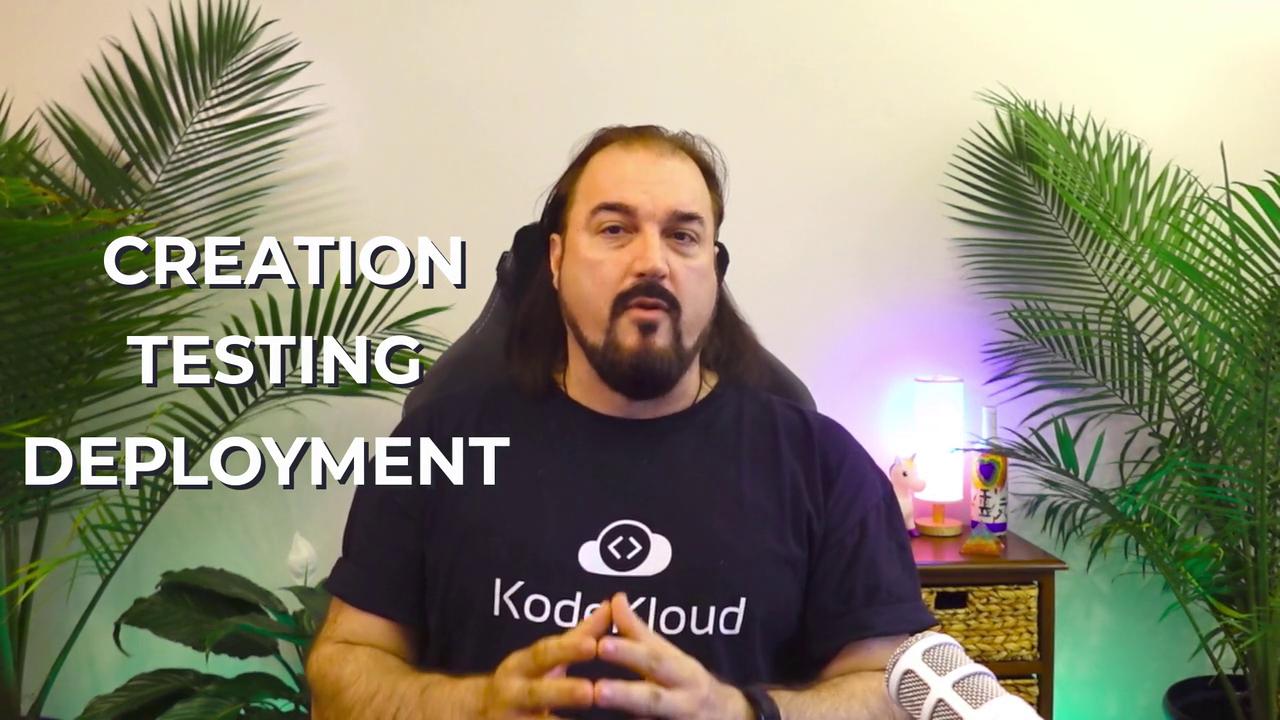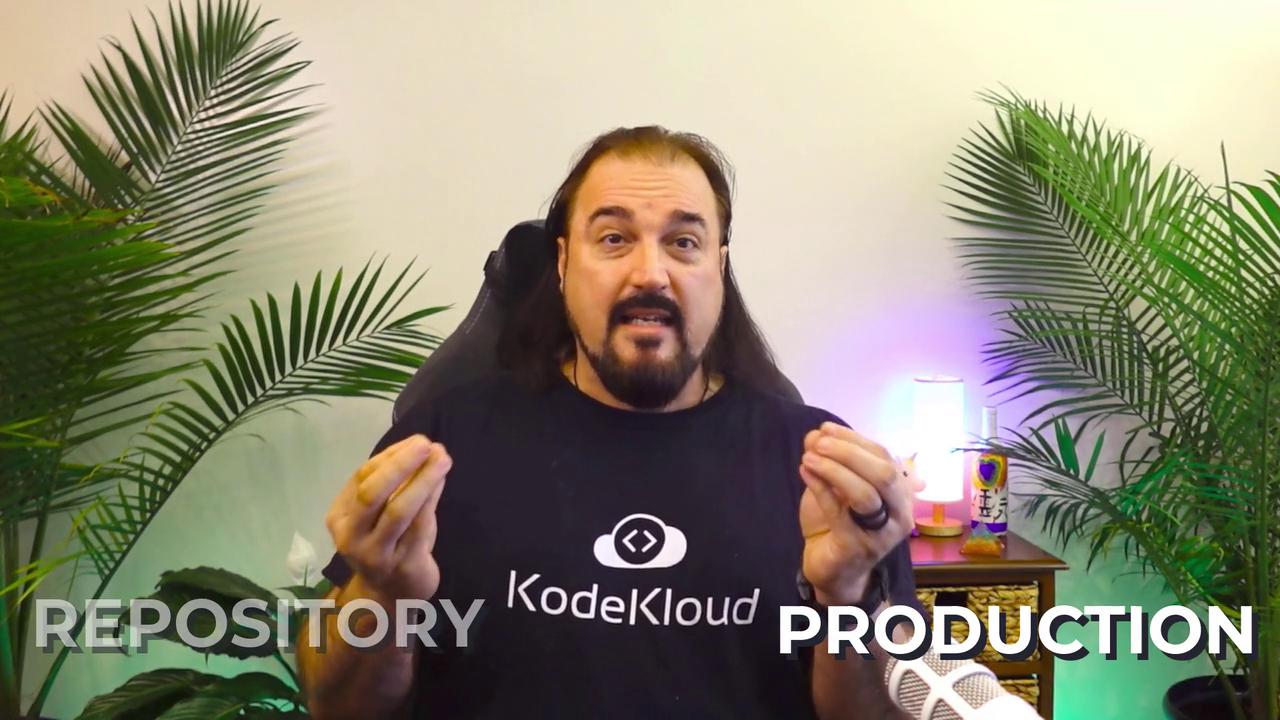Fundamentals of DevOps
Process
Automation Common Patterns
In this article, we explore essential automation patterns that drive efficiency and quality within a DevOps environment. By streamlining repetitive tasks, automation helps teams deliver software faster while maintaining high standards.
Software Development Lifecycle (SDLC)
One of the fundamental areas for automation in DevOps is the Software Development Lifecycle (SDLC). This lifecycle covers every stage—from gathering requirements, development, testing, integration, and system testing, to final deployment. Automating tasks in each phase not only accelerates delivery but also ensures that projects consistently meet customer requirements.

By reducing manual effort, automation helps teams minimize delays and enhance software quality.
Continuous Integration (CI)
Continuous Integration (CI) is a widely adopted automation pattern that allows developers to merge code changes frequently into a central repository. This practice helps catch errors early in the development cycle. With automated testing, static code analysis, bug detection, and vulnerability scanning integrated into a CI pipeline, teams can promptly address issues and reduce the risks associated with delayed error detection.
Continuous Delivery (CD)
Building on Continuous Integration, Continuous Delivery (CD) automates the entire software delivery pipeline—from code commit to production deployment. A robust CI/CD pipeline systematically tests and validates features as they are merged into the main branch. This approach not only guarantees high-quality code but also eliminates manual configuration tasks such as environment setup, thorough quality checks, and deployment processes.
Key Benefit
Continuous Delivery empowers development and operations teams by freeing up resources to focus on delivering innovative features rather than managing routine deployment tasks.
GitOps
GitOps is an automation methodology that leverages Git-based version control to manage infrastructure configurations. By storing configuration files in a repository, GitOps provides a reliable way to track changes, perform rollbacks if necessary, and deploy services into production environments. Treating infrastructure as code simplifies management, ensures consistency, and minimizes manual intervention.
Platform Engineering
Platform Engineering represents a modern automation pattern by creating internal deployment platforms that act as developer portals. These platforms typically provision cloud-based or hybrid environments to automate the entire process—from code repository to production deployment.

By offering developers an intuitive interface with configurable options, platform engineering accelerates development cycles, reduces the risk of human error, and ensures higher uptime reliability.
The automation patterns discussed—SDLC, Continuous Integration, Continuous Delivery, GitOps, and Platform Engineering—are vital for enhancing efficiency and maintaining high quality in modern software development. For more insights on DevOps and automation best practices, consider exploring additional resources and documentation.
Watch Video
Watch video content